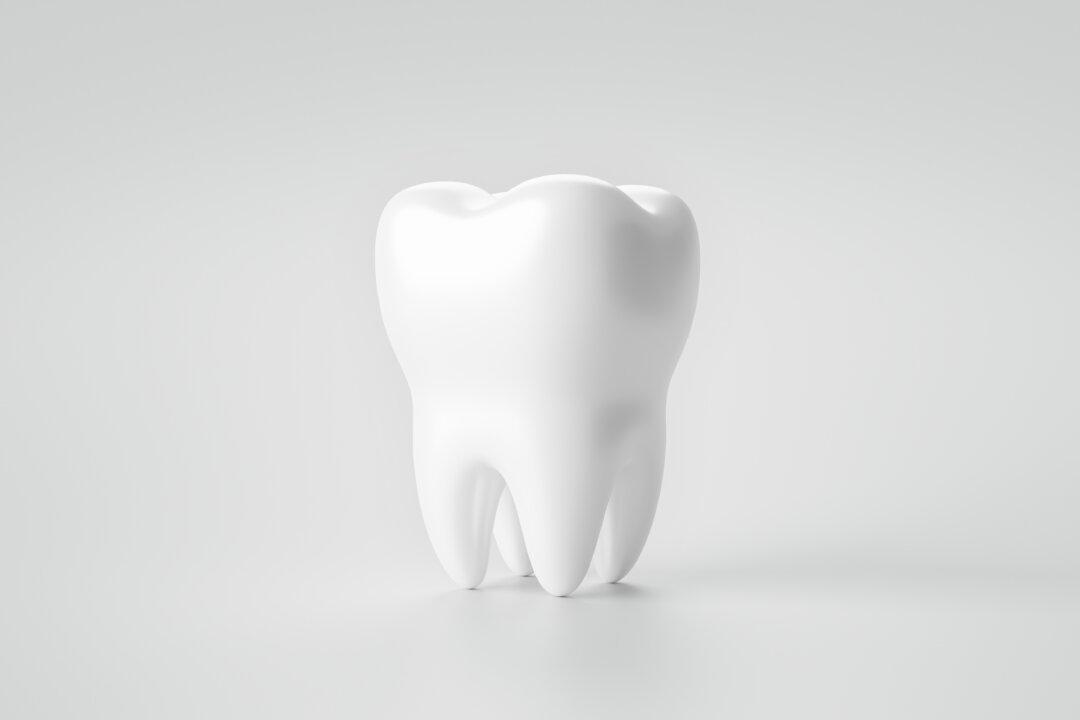Patients suffering from dry eye disease face vision problems, and new research shows how this condition can also harm physical and mental health. The study shows that these patients have a lower quality of life compared to those without symptoms.
Dry eye disease is a condition that can affect people of any age but is most prevalent in women and older people. It’s estimated that up to a third of adults over the age of 65 have the condition, which includes symptoms such as irritation and redness in the eyes, blurred vision, and a sensation of grittiness in the eye.





